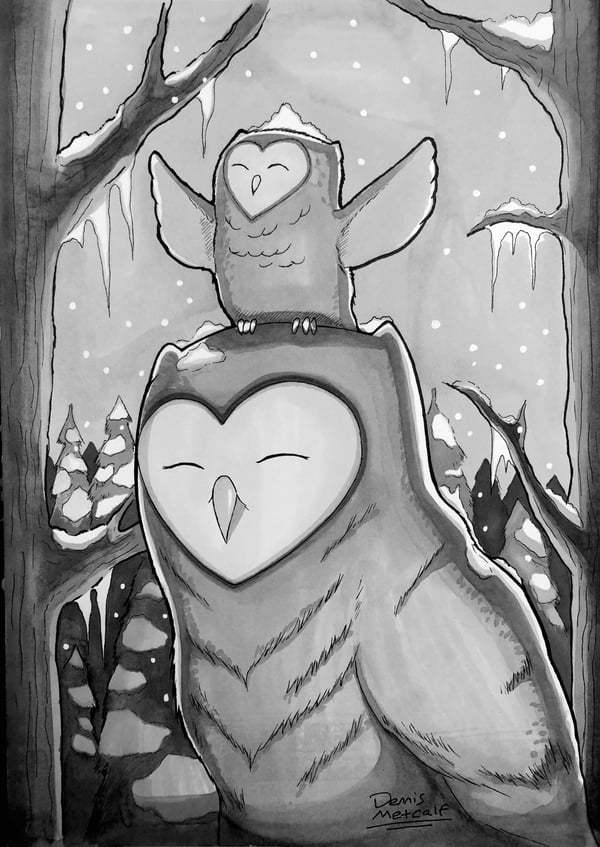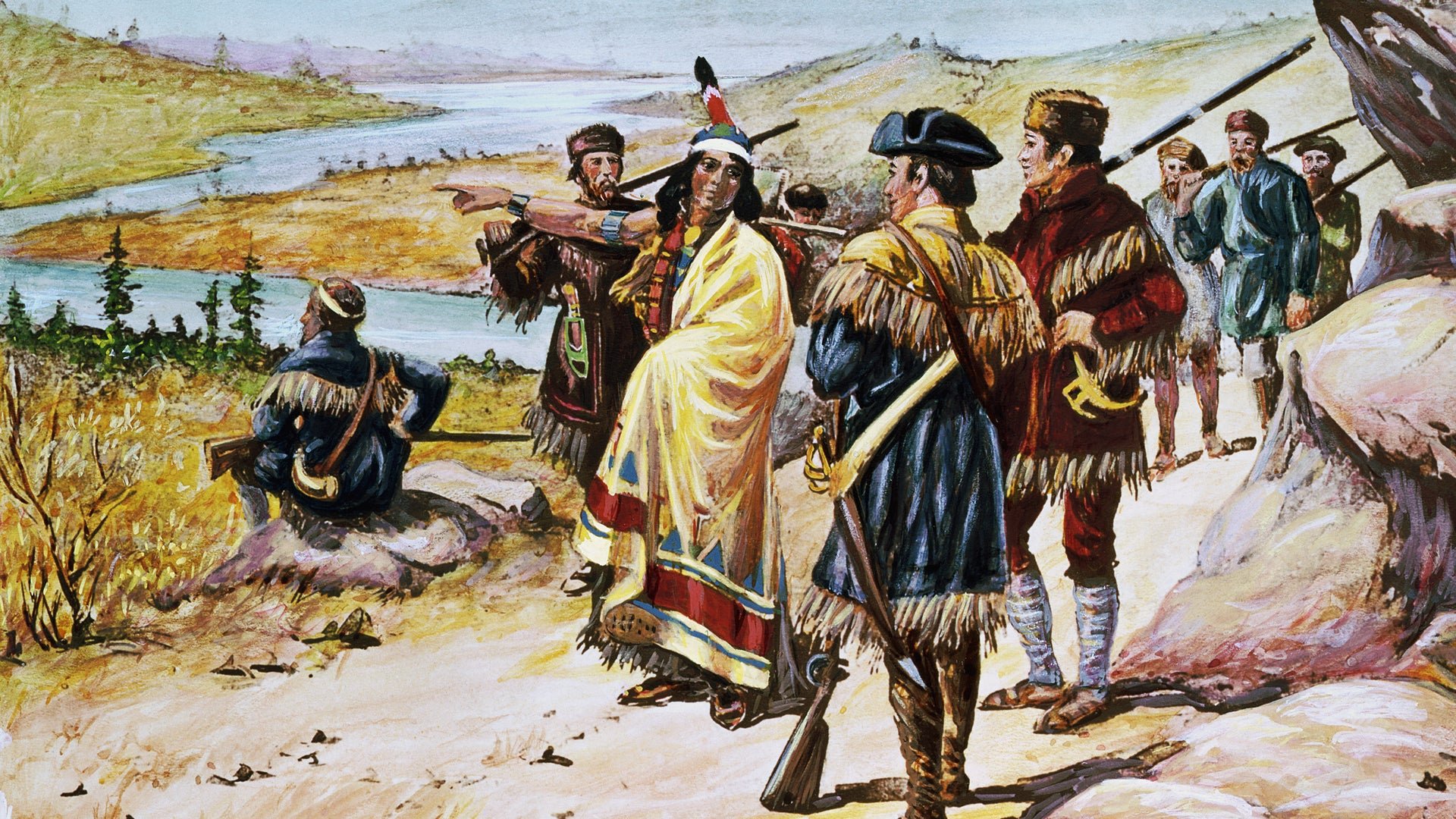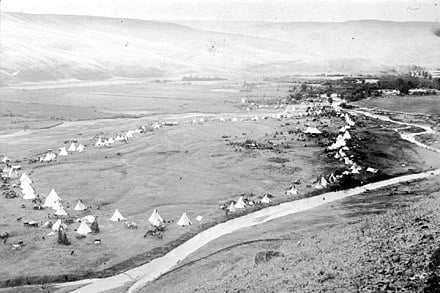Nov 21, 2021 | Dennis Metcalf
I am Dennis Metcalf from Chamberlain, SD, and I have lived there for most of my life. I recently decided to go back to school and see a different part of the country while pursuing my passion for becoming a storyteller and illustrator. The school I chose is the Institute of American Indian Arts (IAIA) in Santa Fe, NM. I saw this as an opportunity to learn more about different Indigenous cultures and better understand where I come from.
The Institute provides a variety of courses centered around art and Indigenous cultures. These courses involve performing arts, film making, sculpture, fine arts, and Indigenous liberal studies. I am studying to become a filmmaker and photographer. One of my other courses for this semester is English Composition. So far, it has allowed me to practice many forms of writing and even go over the basics. One of my assignments stood out to me as a unique form of storytelling. For my assignment, I was asked to make a list of ingredients that represent my life. These ingredients can be simple words or nouns to describe certain emotions or memories. These would be put together in a list of ingredients—like what you would see on food labels, and this would tell my story or represent me.
During this time, as a class, we read the book Potted Meat by Steven Dunn. It tells the story of a boy who goes through life, surrounded by trauma and unique experiences. Each chapter is labeled as an ingredient, representing his life. This assignment's overall point is to see a different writing style and see how powerful some words can be when telling a story.
Ingredients: Canned beef, Canned Fruits and vegetables, canned everything, Powdered eggs, Oatmeal, commodities, frybread, sweet tea, summer heat, soda, candy, sharp blades of grass, large trees, car exhaust, childhood cartoons, animal planet, horror movies, space movies, video games, drawing, pencils, copy paper, ink pens, school, paper cuts, my skin color, angry teachers, bullies, blood, bruises, home, depression, adoptive family, winter, snow, piercing cold winds, emptiness, freedom, first job, work, paychecks, rent, fast food, canned food, cigarettes, adopted cat, cat food, cat litter, tv subscriptions, new games, technology, Computer components, wires, isolation, alcohol, car crash, hospital, painkillers, no car, water, nicotine gum, potato chips, sunflower seeds, fruits and vegetables, different job, virus, mask, ration food, low toilet paper, random paycheck, lose job, no rent, college application, scholarships, essays, hope, road trip, South Dakota, Nebraska, Colorado, New Mexico, college.
When doing this assignment for my class, I had a good experience—it was great to experiment and try out a new form of writing. I tried to label each unique aspect of my life with a word to represent it for my list. The way I arranged my words was to tell my story from my childhood to the present. While it may look like a collection of words, I found it a great way to practice narrative storytelling. Because if you map out the story with the singular words, you can just fill in the blanks and build the story. Just by doing this, I found that by filling in the blanks myself, I could even add more to the narrative as it allows for more creative freedom without needing context or extra details. Of course, this wouldn't make for a legitimate way of storytelling, as this was just an exercise for the class. But the way Steven Dunn layered his story through an ingredients list shows us how he implemented it to push a narrative forward.
The drawing I provided was done while I was in between assignments for my English class. I felt that it represented how I felt when reading Potted Meat and doing my writing exercises for the class. I saw this assignment as a self-reflection as I pulled a single word to represent each spot in my life. I grew up with my father loving owls, as they were his favorite animal. At the same time, when learning about my cultural background—as well as others—I realized the owl is sometimes depicted as a bad omen, which is a contrast to my childhood. My father collected figurines of owls and had them on shelves in our kitchen area or living room. I saw them throughout my home. So, when I see an owl, I always think of my father and my home.

With this image, I tried to depict a couple of owls as a family. It represents how I viewed them growing up. I also enjoy drawing nature settings or, in this case, a forest. Despite living in a Plains area, I am fascinated by how a forest looks in the winter—the atmosphere is very beautiful and haunting at the same time. I made it snow-themed, as my favorite time of the year is winter. I don't do well in summer, even though I do enjoy it; I like the winter because of the holidays— it's always the time when everyone is home. The snow itself is something that I enjoy every year; usually, everyone else may say otherwise. But the feeling of winter helps me solidify that feeling of home, and that's really what I wanted to capture when drawing this image for this blog.
In conclusion, I hope I was able to provide context about this unique assignment and my illustration. Also, I wanted to give some information about IAIA and the types of opportunities the school offers to its students: creative freedom and the preservation of Indigenous cultures.
We are proud to tell the stories and show the work of passionate and creative young Natives. Together, we can visualize and act for a better future. Together, we can transform narratives of destruction and despair into narratives of hope. Subscribe to our blog and join our family.




COMMENTS